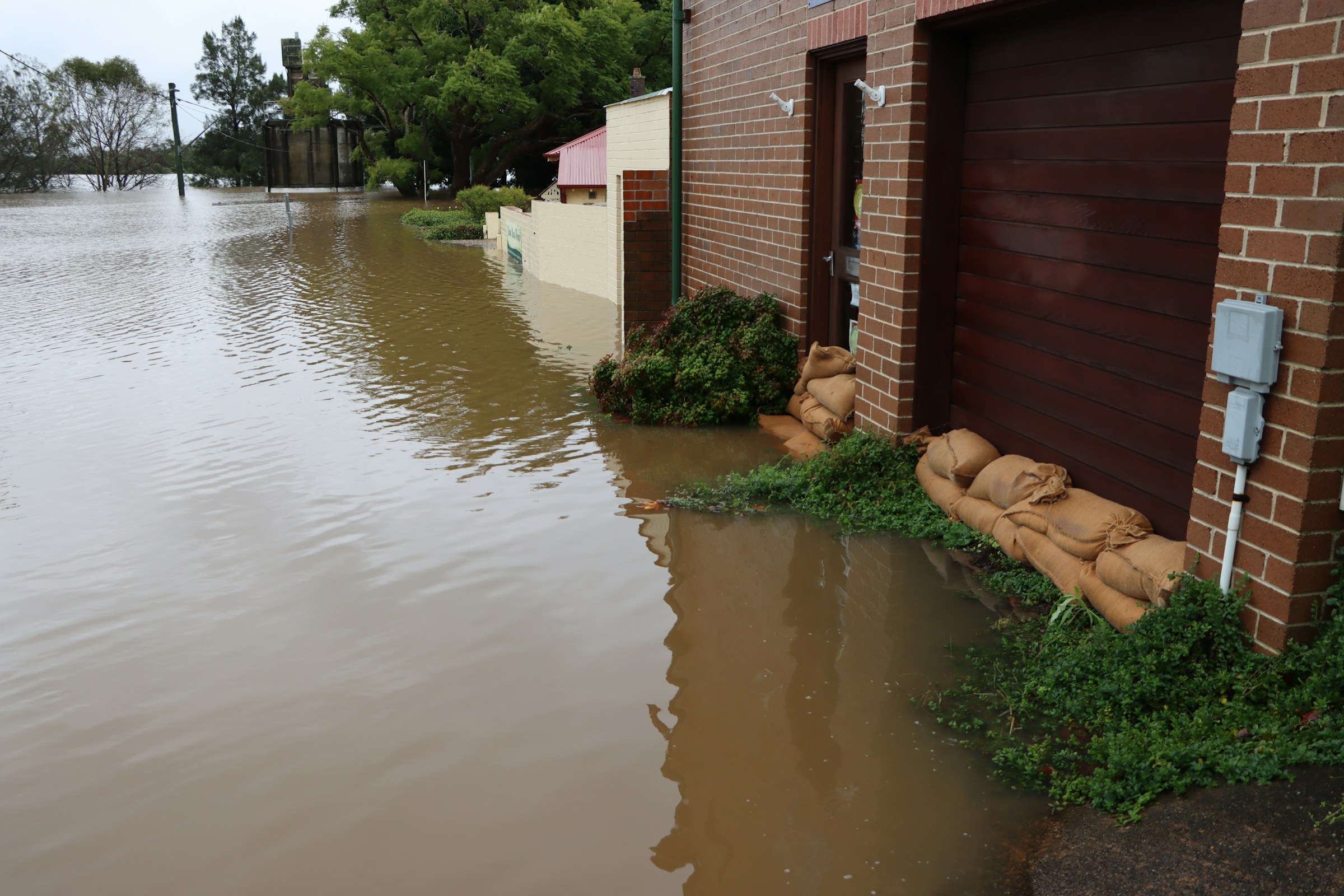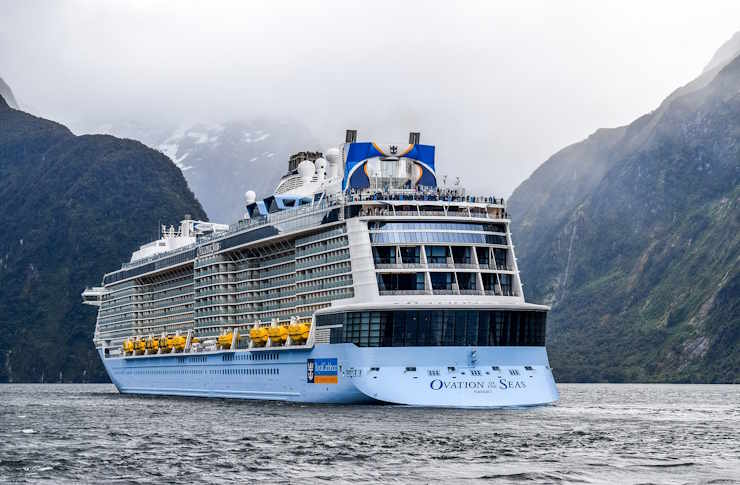Storm Shelters & Bunkers: Essential Protection for Extreme Weather and Emergencies
In an era of increasing climate uncertainty and natural disasters, storm shelters and bunkers have become crucial components of emergency preparedness. These protective structures offer a safe haven during extreme weather events, tornados, hurricanes, and other potential crises. As demand rises and technology advances, understanding the various types of shelters, their features, and how to choose the right one is more important than ever.

What are the different types of storm shelters available?
Storm shelters come in various forms, each designed to meet specific needs and environments. Above-ground shelters are typically made of reinforced concrete or steel and can be installed in garages or as standalone structures. These are ideal for areas where high water tables or flooding are concerns. Underground shelters, often called storm cellars, offer maximum protection against high winds and flying debris. They can be pre-fabricated or custom-built on-site. Safe rooms are another option, usually constructed within a home or building, providing a fortified space for short-term protection during severe weather events.
How are storm shelters being adapted for seniors and those with accessibility needs?
As the population ages, there’s a growing focus on making storm shelters accessible to seniors and individuals with mobility challenges. Modern designs now incorporate features such as wheelchair ramps, wider doorways, and easy-to-operate handles. Some shelters include hydraulic lifts or gentle slopes for easy entry and exit. Grab bars, non-slip flooring, and adequate lighting are also becoming standard in many accessible shelter designs. Additionally, manufacturers are developing shelters with emergency call systems and medical supply storage to cater to those with specific health needs during emergencies.
What are the must-have features for storm shelters according to 2025 standards?
As we approach 2025, storm shelter standards are evolving to ensure maximum safety and comfort. Essential features now include reinforced doors capable of withstanding extreme wind pressures and impact from debris. Ventilation systems with HEPA filters are becoming standard to ensure clean air supply during extended stays. Many new shelters incorporate backup power sources, such as solar panels or generators, to maintain electricity for lighting and communication devices. Advanced locking mechanisms and security features are also being integrated to protect against potential intruders during crisis situations.
How can one choose the right storm shelter for their specific needs?
Selecting the appropriate storm shelter requires careful consideration of several factors. First, assess your location’s specific risks, such as tornado frequency or flood potential. This will help determine whether an above-ground or below-ground shelter is more suitable. Consider the shelter’s capacity – it should comfortably accommodate your family and pets. Evaluate the ease of access, especially for family members with mobility issues. Look for shelters that meet or exceed FEMA standards and have third-party certifications. It’s also crucial to consider your budget and available space for installation. Consulting with local emergency management officials can provide valuable insights into regional requirements and recommendations.
What unique considerations apply to storm shelters in different geographic regions?
Storm shelter requirements vary significantly across different geographic regions. In Tornado Alley, which includes states like Oklahoma and Kansas, underground shelters are often preferred due to the high frequency of tornadoes. Coastal areas prone to hurricanes may require shelters built to withstand both high winds and potential flooding. In earthquake-prone regions, shelters must be designed to maintain structural integrity during seismic activity. Mountain areas might need shelters that can withstand heavy snow loads. Urban environments often favor safe rooms or reinforced closets due to space limitations. It’s essential to work with local experts who understand the specific environmental challenges of your area when selecting or designing a storm shelter.
How is the demand for storm shelters shifting geographically?
The demand for storm shelters is experiencing a notable geographic shift. While traditionally associated with Tornado Alley, severe weather patterns are changing, leading to increased interest in storm shelters across a broader range of regions. Areas that previously saw little need for such protection, like parts of the Northeast and Midwest, are now experiencing more frequent and intense storms. This has led to a rising demand for storm shelters in these regions. Coastal areas are also seeing increased interest due to more severe hurricane seasons. Additionally, as climate change continues to affect weather patterns, even regions with historically stable weather are beginning to consider the benefits of storm shelters as a precautionary measure.
| Storm Shelter Type | Provider | Key Features | Cost Estimation |
|---|---|---|---|
| Underground Concrete Shelter | Safe Sheds | FEMA-compliant, 10-person capacity, steel door | $4,000 - $6,000 |
| Above-Ground Safe Room | Survive-a-Storm Shelters | Wheelchair accessible, battery backup, air filtration | $6,000 - $8,500 |
| In-Garage Steel Shelter | Atlas Safe Rooms | Quick access, bolt-down installation, 6-person capacity | $3,500 - $5,000 |
| Custom Built-in Safe Room | American Safe Room | Customizable size, bulletproof options, hidden entry | $10,000 - $30,000+ |
Prices, rates, or cost estimates mentioned in this article are based on the latest available information but may change over time. Independent research is advised before making financial decisions.
As extreme weather events become more frequent and unpredictable, storm shelters and bunkers continue to evolve in design, functionality, and accessibility. From traditional underground cellars to high-tech safe rooms, the options available cater to a wide range of needs and preferences. By understanding the types of shelters, considering specific regional requirements, and staying informed about the latest safety standards, individuals and families can make informed decisions to ensure their safety during emergencies. As the demand for these protective structures grows and shifts geographically, the storm shelter industry is likely to see further innovations and adaptations to meet the changing needs of communities worldwide.



